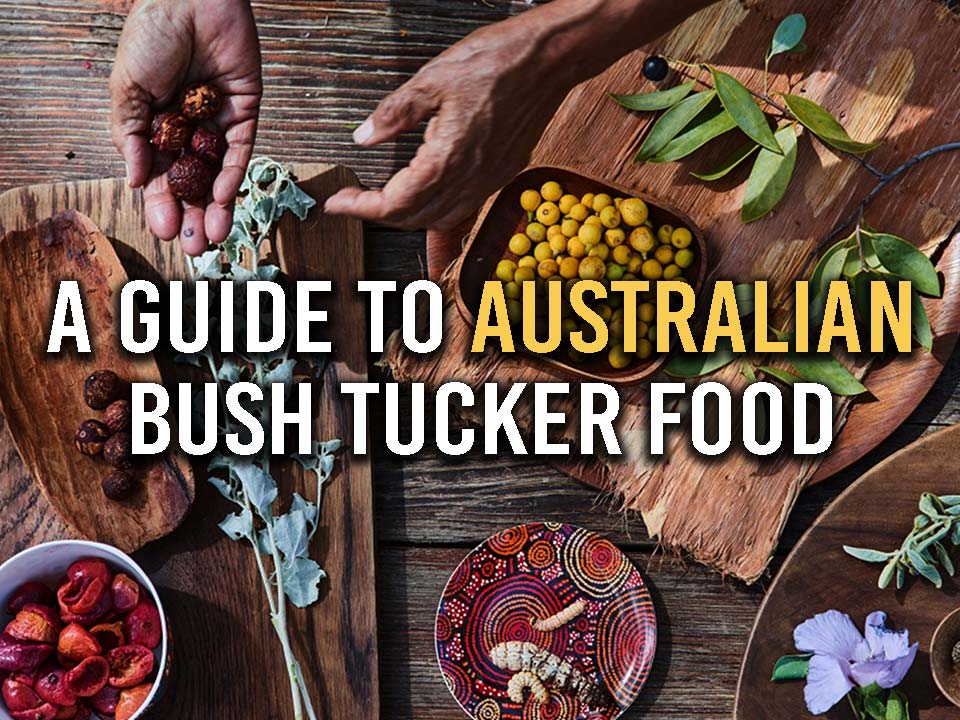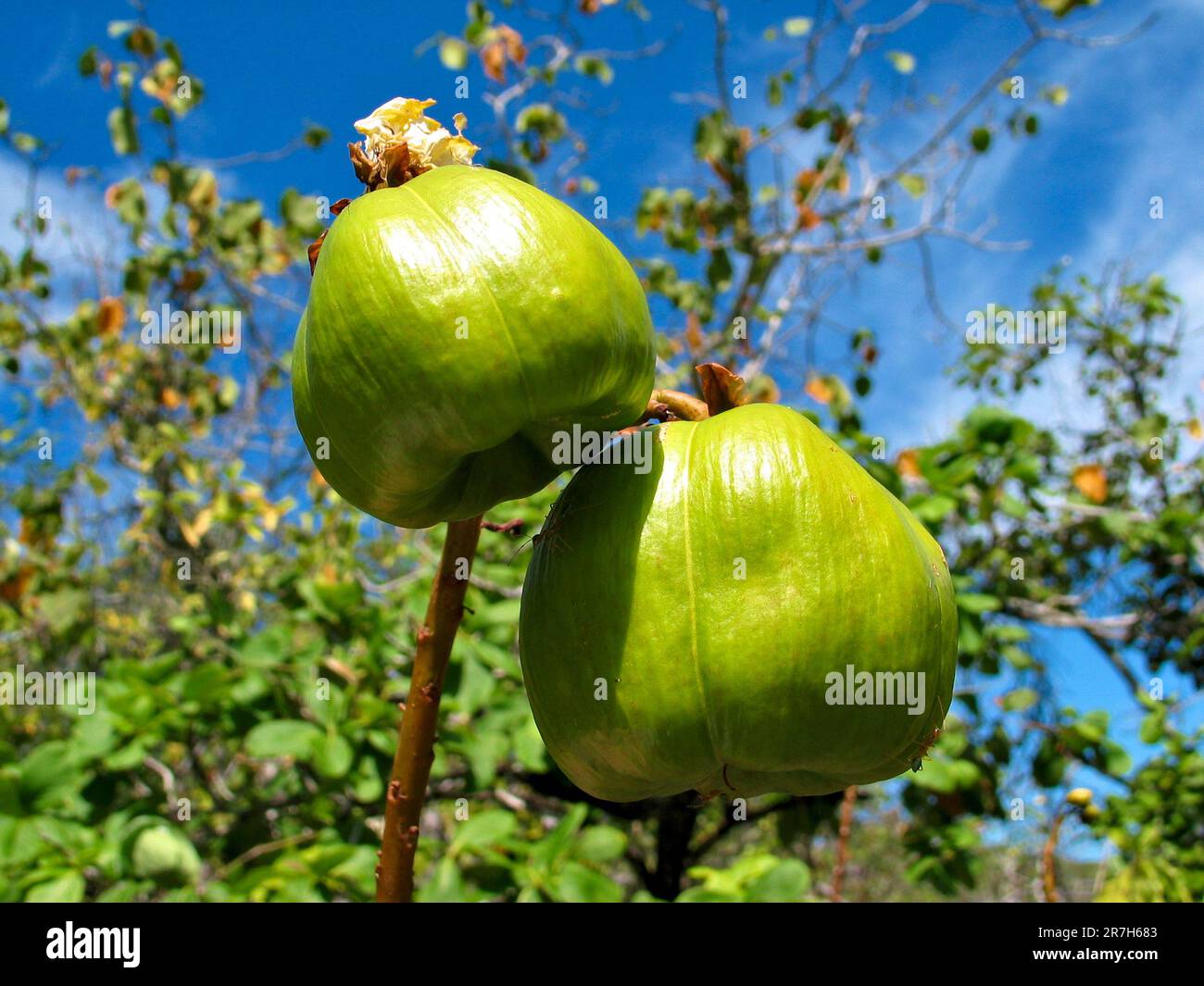A Taste of the Outback: Exploring Australia’s Native Fruits
A Taste of the Outback: Exploring Australia’s Native Fruits

Australia, a land of vast deserts, lush rainforests, and diverse ecosystems, boasts a unique and fascinating array of native fruits. These fruits, often overlooked in favour of their introduced counterparts, offer a vibrant tapestry of flavors, textures, and nutritional benefits. From the sweet and juicy to the tart and tangy, Australia’s native fruits are a culinary treasure waiting to be discovered.
A Journey Through the Australian Fruit Basket
Related Articles: A Taste of the Outback: Exploring Australia’s Native Fruits
- Totems: A Journey Through Symbolism, History, And Meaning
- Unlocking The Secrets Of The Sand: A Journey Through The Symbols Of Australian Aboriginal Art
- Embracing The Spirit Of The Land: A Guide To Indigenous Australian Boy Names
- A Taste Of Paradise: Exploring Australia’s Most Popular Fruits
- Unveiling The Sagamaw: A Look At Leadership In Indigenous Communities
1. Davidson Plum: This small, dark purple fruit, native to the rainforests of Queensland, is a powerhouse of antioxidants and vitamin C. Its intensely tart flavor makes it a popular ingredient in jams, chutneys, and sauces. The Davidson plum’s distinctive, almost smoky flavor adds a unique dimension to both sweet and savory dishes.
2. Finger Lime: This citrus fruit, resembling a miniature finger, explodes with juicy, caviar-like pearls when cut open. Its bright, citrusy flavor and unique texture make it a popular garnish for seafood, salads, and cocktails. Finger limes are also used in jams, sorbets, and even infused into oils and vinegars.
3. Quandong: This fleshy, red fruit, found in the arid regions of Australia, is a sweet and tart treat. The Quandong’s flavor is reminiscent of a combination of apricot and cherry, with a slightly tangy finish. It is often used in jams, chutneys, and baked goods, adding a vibrant burst of color and flavor.
4. Kakadu Plum: This small, yellow fruit, found in the northern regions of Australia, is renowned for its exceptionally high vitamin C content. Its tangy, slightly tart flavor is often used to create jams, sauces, and juices. The Kakadu plum’s exceptional antioxidant properties make it a sought-after ingredient in health and beauty products.
5. Illawarra Plum: This small, dark purple fruit, native to the Illawarra region of New South Wales, is known for its unique, sweet and slightly acidic flavor. It is often used in jams, pies, and cakes, adding a distinctive flavor and vibrant color to these desserts.
6. Bush Tomato: This small, red fruit, found in the arid regions of Australia, has a unique, earthy, and tangy flavor. It is often used in salads, sauces, and chutneys, adding a complex and interesting dimension to these dishes.
7. Riberry: This small, red fruit, native to the eastern coast of Australia, is known for its sweet and slightly tart flavor. It is often used in jams, sauces, and pies, adding a vibrant color and refreshing taste.
8. Native Peach: This small, yellow fruit, native to the eastern coast of Australia, is known for its sweet and juicy flavor. It is often eaten fresh or used in jams, pies, and cakes.

9. Native Fig: This small, green fruit, native to the eastern coast of Australia, is known for its sweet and slightly tart flavor. It is often used in jams, sauces, and pies, adding a unique and earthy flavor.
10. Bush Banana: This small, yellow fruit, native to the northern regions of Australia, is known for its sweet and slightly tart flavor. It is often eaten fresh or used in jams, sauces, and pies.
Beyond the Flavor: The Nutritional Value of Native Fruits
Australia’s native fruits are not only delicious but also packed with nutritional value. They are rich in vitamins, minerals, antioxidants, and fiber, making them a healthy and flavorful addition to any diet.
-
High in Vitamin C: Many native fruits, like the Davidson plum and Kakadu plum, are exceptional sources of vitamin C, a powerful antioxidant that supports immune function and collagen production.
-
Rich in Antioxidants: Native fruits are rich in antioxidants, which help protect cells from damage caused by free radicals. These antioxidants contribute to overall health and well-being.

-
Excellent Source of Fiber: Native fruits are a good source of dietary fiber, which promotes digestive health and helps regulate blood sugar levels.
-
Unique Flavor Profile: Native fruits offer a diverse range of flavors, from sweet and juicy to tart and tangy. This diversity adds a unique dimension to culinary creations.

Cultivating a Connection to the Land
Exploring Australia’s native fruits is not just about enjoying their unique flavors and nutritional benefits. It’s also about connecting with the land and its rich cultural heritage. Many native fruits have been used by Indigenous Australians for thousands of years as food, medicine, and tools. By incorporating these fruits into our diets and supporting their cultivation, we can honor the traditional knowledge and sustainable practices of Indigenous Australians.
The Future of Native Fruits
As awareness of the unique flavors and nutritional value of Australia’s native fruits grows, so does the demand for them. This increased demand is creating opportunities for farmers and businesses to cultivate and market these fruits. This not only provides economic benefits but also helps preserve the biodiversity of Australia’s unique flora.
Cultivating a Taste for the Unique
Next time you’re at the market or browsing the grocery store, look beyond the familiar and explore the world of Australian native fruits. You might be surprised by the delicious flavors and nutritional benefits they offer. By incorporating these fruits into your diet, you’re not only enjoying a unique culinary experience but also supporting the sustainability of Australia’s natural heritage.
FAQ: What are the Native Fruits of Australia?
1. What are some of the most popular native fruits in Australia?
Some of the most popular native fruits in Australia include the Davidson plum, finger lime, quandong, Kakadu plum, Illawarra plum, bush tomato, riberry, native peach, native fig, and bush banana.
2. Where can I find native fruits in Australia?
Native fruits can be found at farmers markets, specialty food stores, and some supermarkets. You can also find them online from specialty retailers.
3. What are some ways to use native fruits in cooking?
Native fruits can be used in a variety of ways in cooking, including jams, chutneys, sauces, pies, cakes, and salads. They can also be eaten fresh or used as a garnish.
4. Are native fruits good for you?
Yes, native fruits are packed with nutritional value, including vitamins, minerals, antioxidants, and fiber. They are a healthy and flavorful addition to any diet.
5. How can I learn more about native fruits?
You can learn more about native fruits by visiting websites, attending workshops, or reading books about Australian native plants and foods.
6. Where can I find native fruit trees for my garden?
Native fruit trees can be purchased from nurseries specializing in native plants. They can also be sourced from seed banks or online retailers.
7. Are native fruits sustainable?
Yes, native fruits are sustainable and contribute to the biodiversity of Australia’s unique flora. By supporting the cultivation of native fruits, we can help preserve these valuable resources for future generations.
8. What is the best time to harvest native fruits?
The best time to harvest native fruits varies depending on the species and the region. It is best to consult with local experts or growers for specific harvesting information.
9. How can I contribute to the preservation of native fruits?
You can contribute to the preservation of native fruits by supporting local growers, purchasing native fruits from reputable sources, and learning more about their cultural significance.
10. What are some of the challenges facing the cultivation of native fruits?
Some challenges facing the cultivation of native fruits include limited availability, seasonal variation, and the need for specialized knowledge and techniques. However, with increasing interest and support, these challenges are being overcome, and the future of native fruits in Australia is bright.

Closure
Thus, we hope this article has provided valuable insights into A Taste of the Outback: Exploring Australia’s Native Fruits. We thank you for taking the time to read this article. See you in our next article!


